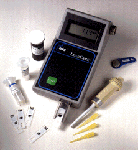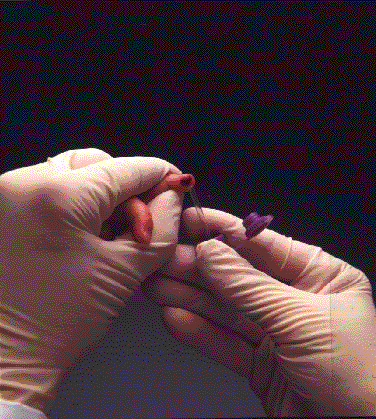LeadCare® Childhood Blood Lead Testing

The LeadCare System is for the determination of lead in whole blood. When you test young patients for lead levels, you want fast, accurate, inexpensive results. You want the LeadCare system, a simple, foolproof way to perform blood lead measurements using a finger stick or venous sample. No more waiting days for expensive lab analyses. You get quantitative blood lead results equivalent to those reported by outside laboratories in just three minutes.
A LeadCare system analysis costs far less than you'd pay an outside laboratory, and it qualifies for reimbursement as a quantitative blood lead. You'll also cut your staff's result-tracking and administrative time. You'll save your patients days of possibly needless worry plus the time-consuming inconvenience and cost of a return visit. Blood lead measurement couldn't be easier.
LeadCare is easy and safe to use. The hand-held analyzer is portable and requires neither manual calibration nor refrigeration. Its unique gold electrode sensor contains no mercury or other toxic materials. The point-of-care LeadCare system was developed by ESA and Andcare with a grant from the CDC. It's the diagnostic tool which makes sense medically and economically.


